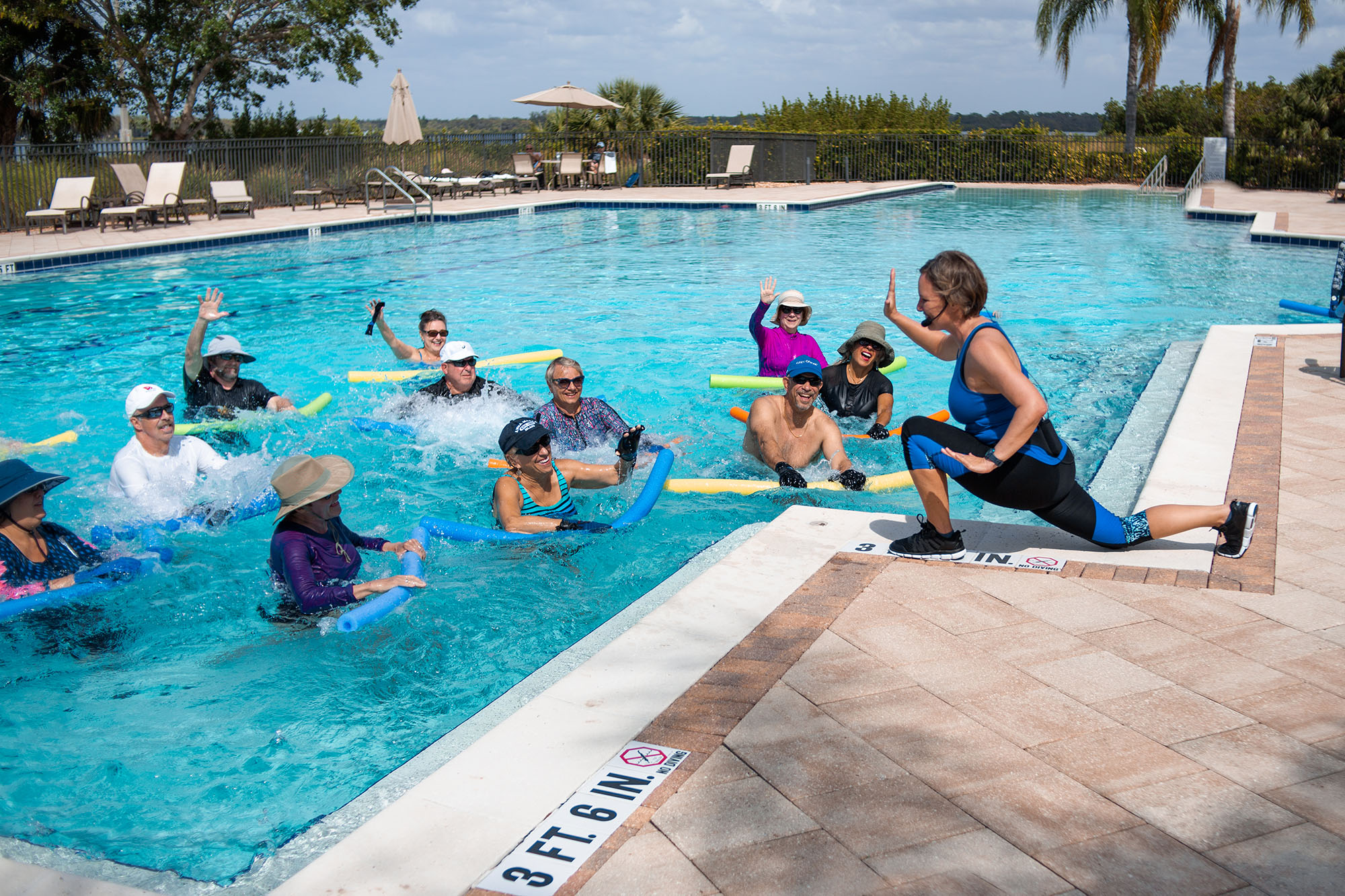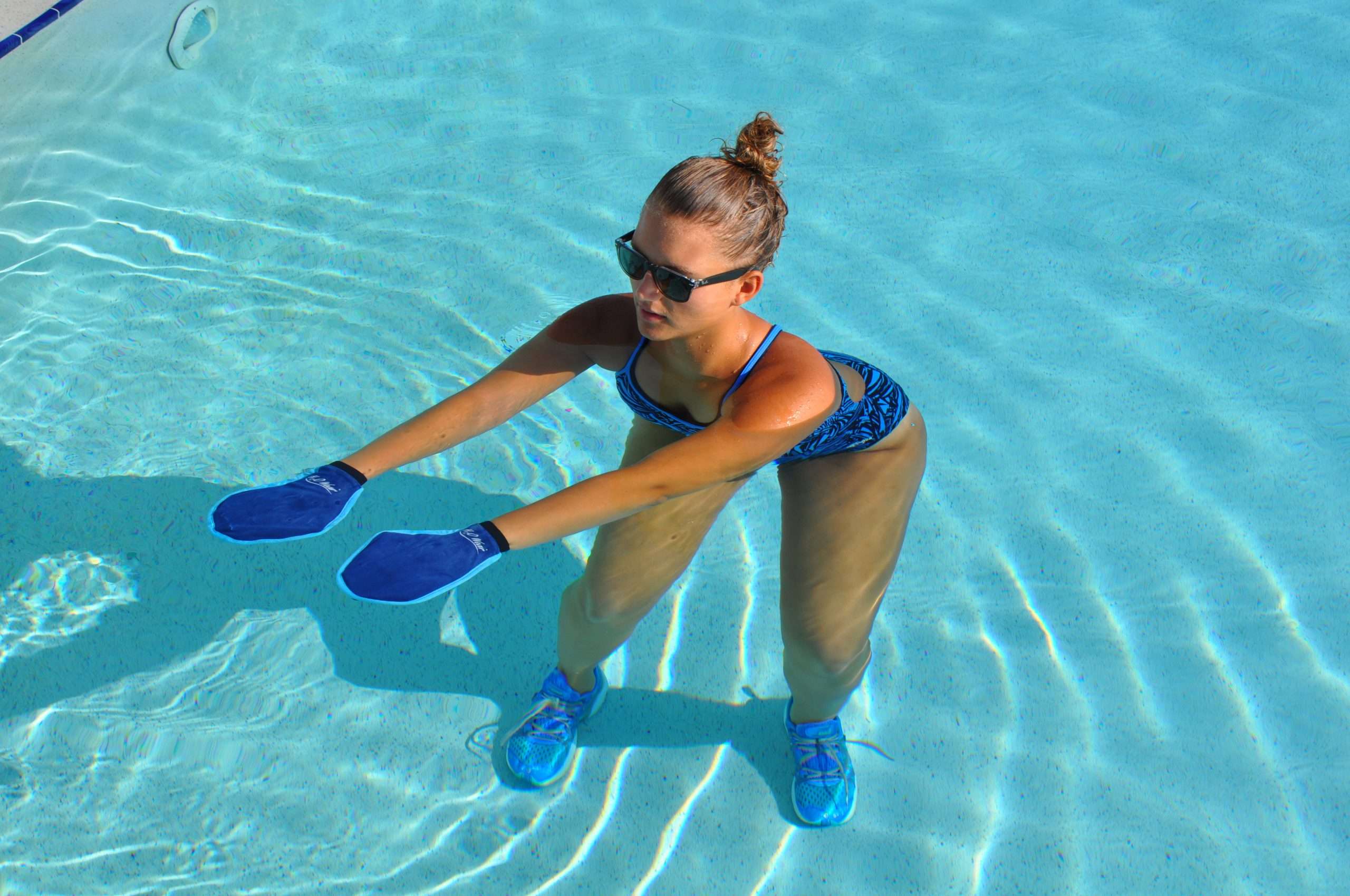How often do you rely on external metrics to gauge your movement progress? Maybe it’s the number on the scale, the time it takes to run a mile, or the weight you lift. While these measurements can provide valuable insights, they often overlook a crucial aspect of our journey: self-assessment.
Understanding Self-Assessment In Movement
At its core, self-assessment is the process of reflecting on and evaluating our own performance, progress, and well-being. It goes beyond external feedback or validation, allowing us to tune into our inner experience. In the context of fitness, self-assessment involves paying close attention to how our bodies respond to various exercises, movements, and workouts.
What sensations do you feel when you squat? When you jog? Lunge? Or twist? Are there differences between each side of your body? What happens when you slow down? These are the kind of questions we need to start asking ourselves whenever we’re doing a workout; this is self-assessment in movement.
The Importance of Listening to Your Body
Let’s face it, we live in a world that too-often prioritizes external achievements and appearances, we’re not often encouraged to tune in and feel more. But learning to listen to our bodies is one of the biggest untapped tools in the fitness industry.
This simple method can be the difference between injury in class and a disappearance of long-term pain; between the same results each time to the best results of your life. Whether it’s recognizing the difference between discomfort and pain during a workout, or understanding when to push ourselves and when to dial it back, self-assessment empowers us to make informed decisions about every single movement we make in a workout.

Developing Body Awareness
Self-assessment begins with developing a keen sense of body awareness—the ability to tune into the subtle cues and sensations that you feel during physical activity (which is, in essence, the practice of mindfulness). This might involve paying attention to your breathing patterns, noticing your heart rate, or being aware of areas of tension or discomfort.
By becoming more attuned to these signals, we can better understand how our bodies respond to different forms of exercise and adjust our approach accordingly. This is a call to ignore your instructor more, and really listen to your body.
The Danger of Ignoring Self-Assessment
Again, the world is set up for us to go harder, faster, longer, and burn-out. The society we live in makes it easy to overlook the importance of self-assessment and mindfulness in movement. But if we ignore this inner landscape as we move, we run the risk of overtraining, injury, or exhaustion. When we fail to listen to our bodies, we risk pushing ourselves beyond our limits and jeopardizing our long-term health and well-being, not to mention our long-term goals.
Practical Tips for Effective Self-Assessment
Now that I’ve convinced you, how can you incorporate self-assessment into your fitness routine? Here are a few practical tips to get started:

Keep a Journal
Start by keeping a journal to track your workouts, noting how you feel before, during, and after each session. Pay attention to any patterns or trends that emerge over time. This is something we encourage inside Wavemakers, and every guided program includes one-minute reflections (join us here).
Listen to Your Body
Learn to trust your body’s signals and honor its needs. If something doesn’t feel right, don’t push through it—the key is observing it without trying to control it, knowing that your body knows best.
Experiment
Be open to trying new ways to do familiar exercises and using equipment differently to see what resonates. No matter how good an exercise program is, you will need to make adjustments—some days you’ll benefit from high intensity, other days you’ll need to foster recovery. Explore, pay attention to how your body responds, and adjust accordingly.
Practice Mindfulness
Incorporate mindfulness practices into your workouts, such as deep breathing and body scans, to stay present and attuned to your physical experience.
The takeaway
Self-assessment offers a valuable opportunity to slow down, tune in, and connect with our bodies on a deeper level, every single time we workout. By cultivating a practice of self-awareness and mindfulness, you’ll be empowering yourself to make informed decisions, prioritize your well-being, and embark on a physical betterment journey that extends far beyond the gym.
So the next time you lace up your sneakers, roll out your yoga mat, or jump in the pool (I recommend this workout), remember to listen to your body—this is the key your movement practice has been missing.
